Greece is a country in the south east of central Europe. There is a mainland area of Greece but there are also about 6,000 islands which
make up the country. Of these islands, only about 220 are inhabited.
Greece is surrounded by the Mediterranean Sea, the Aegean Sea and the Ionian Sea. It is in these seas that all the islands can be found.
The land is mountainous and, in many cases, it is the ends of these mountains which have formed the islands.
The geographical coordinates for the centre of Greece, also known as lines of latitude and longitude, are:-
Latitude - 39 00N
Longitude - 22 00E
The capital of Greece is Athens.
In 1967 the King of Greece, Constantine II, was forced to flee the country when a group of army officers took
control and formed a dictatorship. The King, who is a cousin of the Duke of Edinburgh and also Prince William's godfather, came to England. In 1974 the dictatorship
collapsed and elections were held and the monarchy abolished. In 2015, after 46 years away, King Constantine returned to Greece to live as an ordinary person.
He was by then 73 years old.
Greece is now governed by a democratically elected parliament, with an elected President as Head of State.
In elections everyone over the age of 18 must vote.
Check the weather in Athens now.
This is the time in Athens now










 The Greek flag is 9 equal horizontal stripes of blue and white
with a blue square and a white cross in the top left corner. The cross is a symbol for Greek Orthodoxy, which is the main religion for the country.
The Greek flag is 9 equal horizontal stripes of blue and white
with a blue square and a white cross in the top left corner. The cross is a symbol for Greek Orthodoxy, which is the main religion for the country.


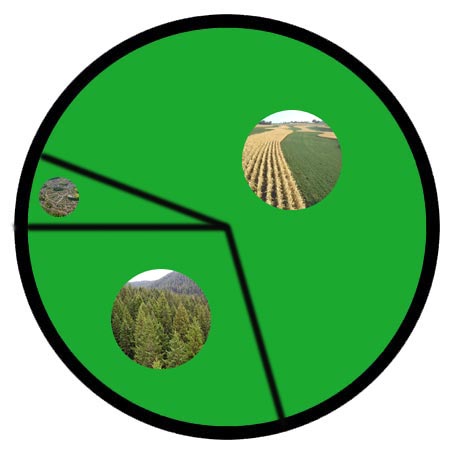

 Each little Owlbut is 1 person and
the big yellow rectangle is 1 sq km. After a while you can compare countries and see which ones are the most crowded. Remember it is only an average as
more people live closer together in towns and cities than in villages out in the country.
Each little Owlbut is 1 person and
the big yellow rectangle is 1 sq km. After a while you can compare countries and see which ones are the most crowded. Remember it is only an average as
more people live closer together in towns and cities than in villages out in the country.
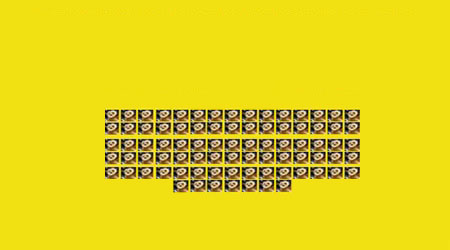

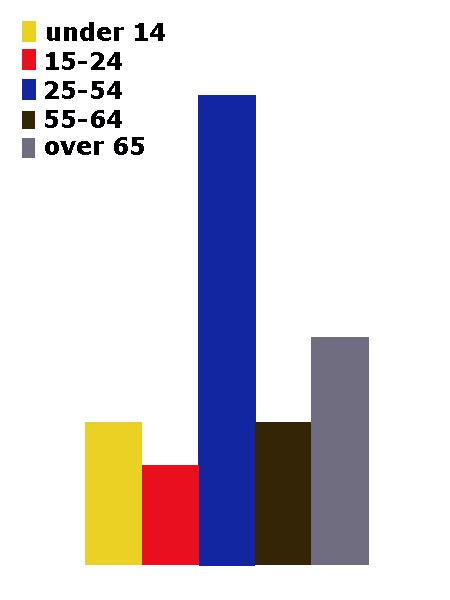
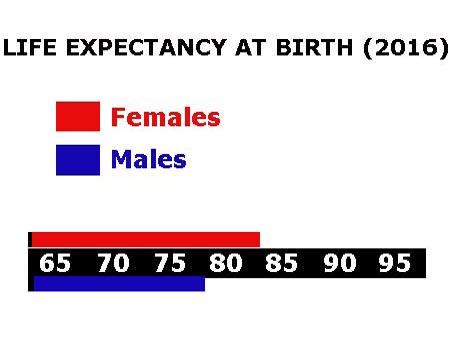

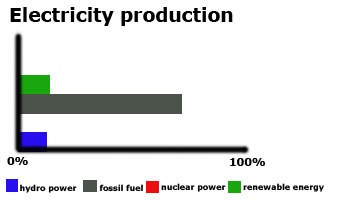

 They work in the following sectors.
They work in the following sectors.



